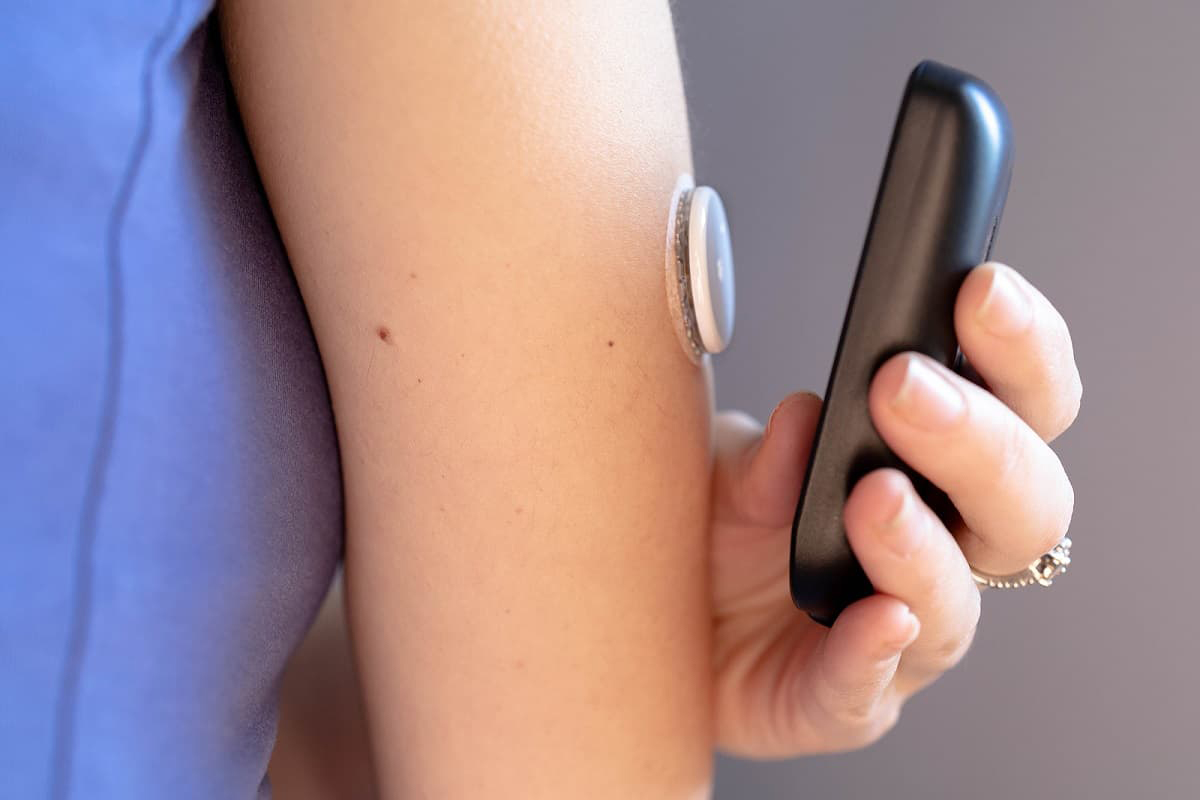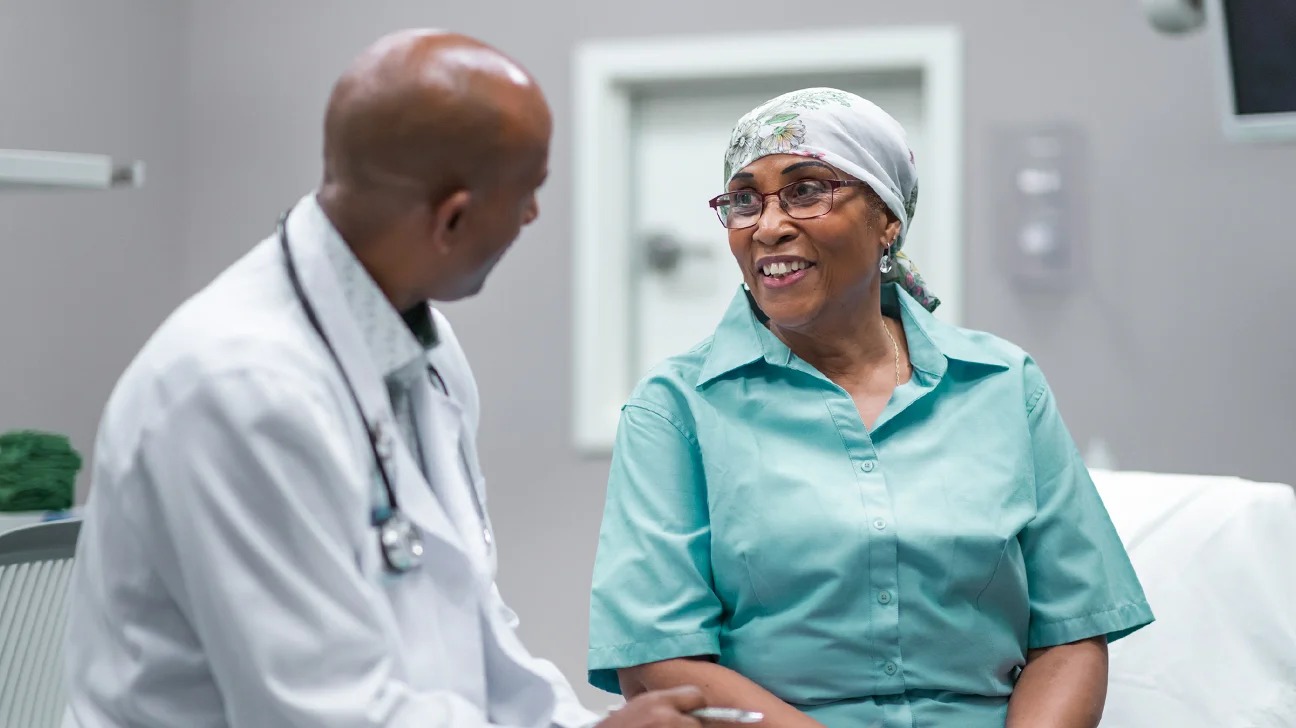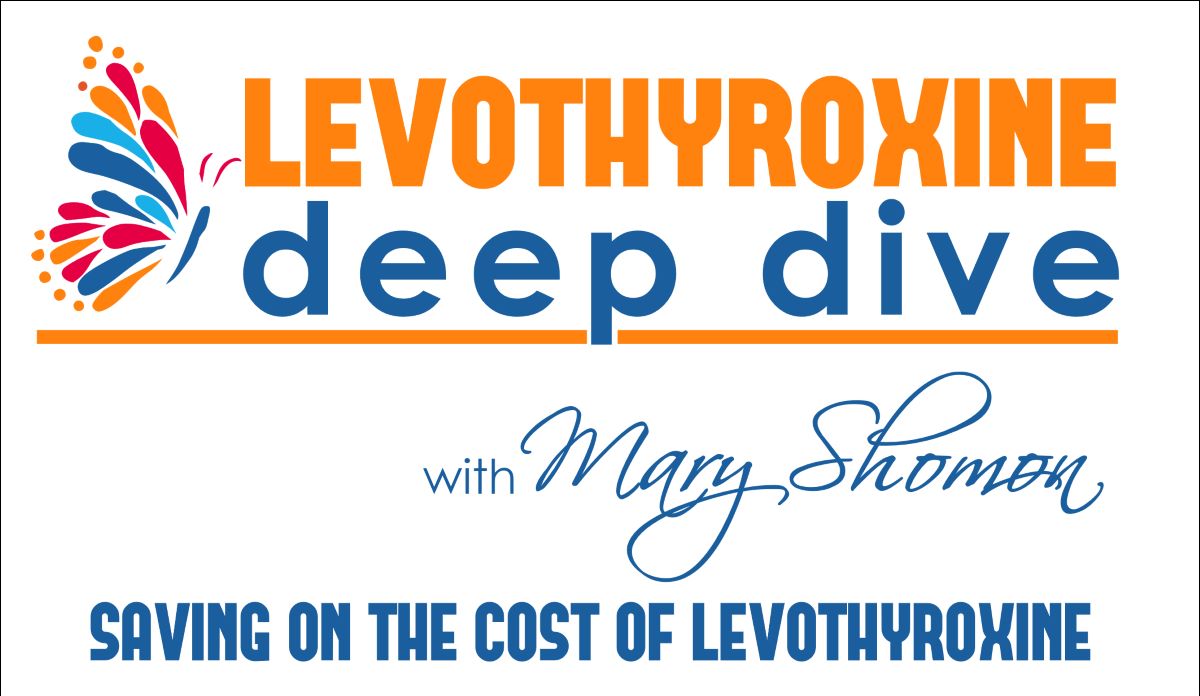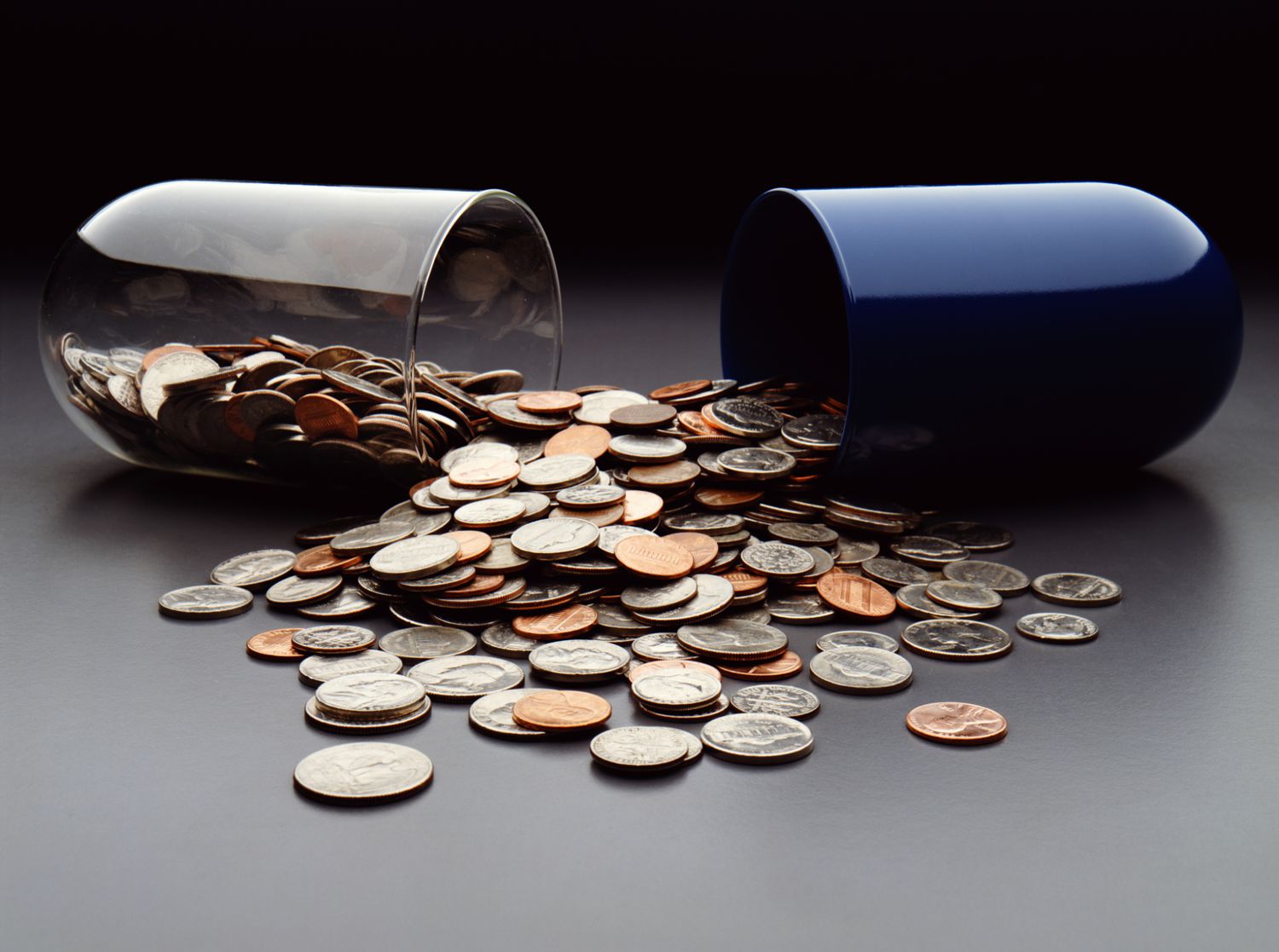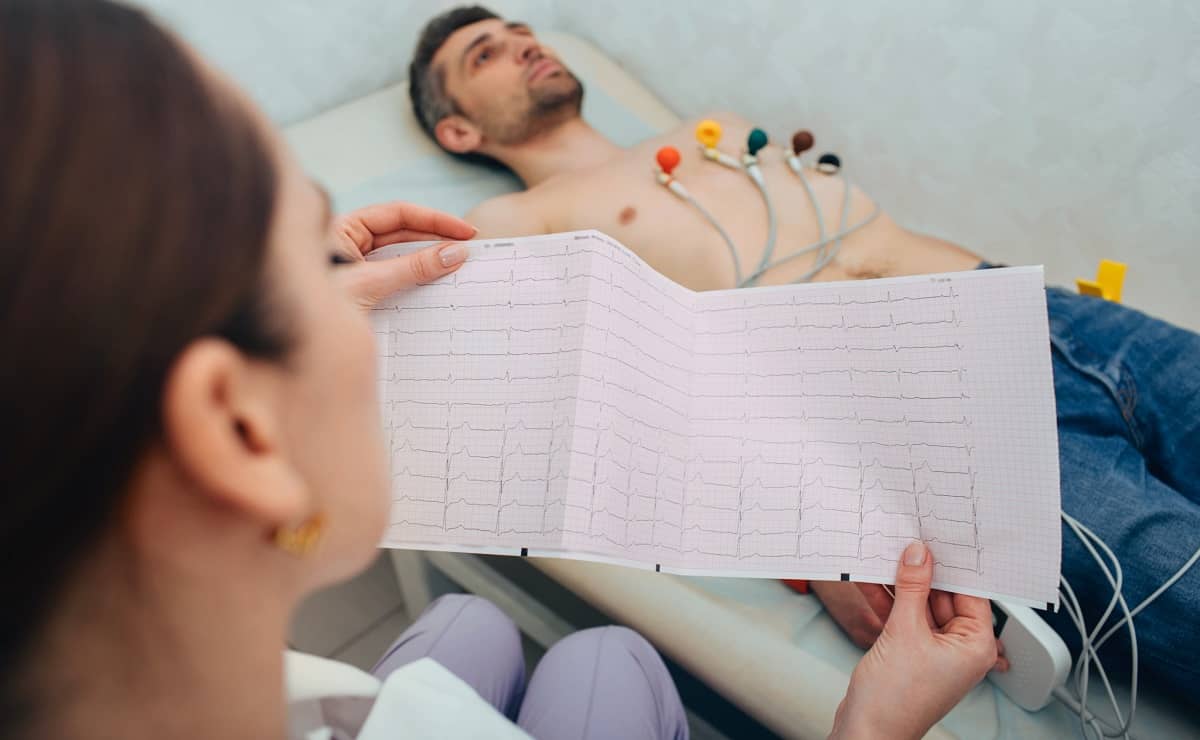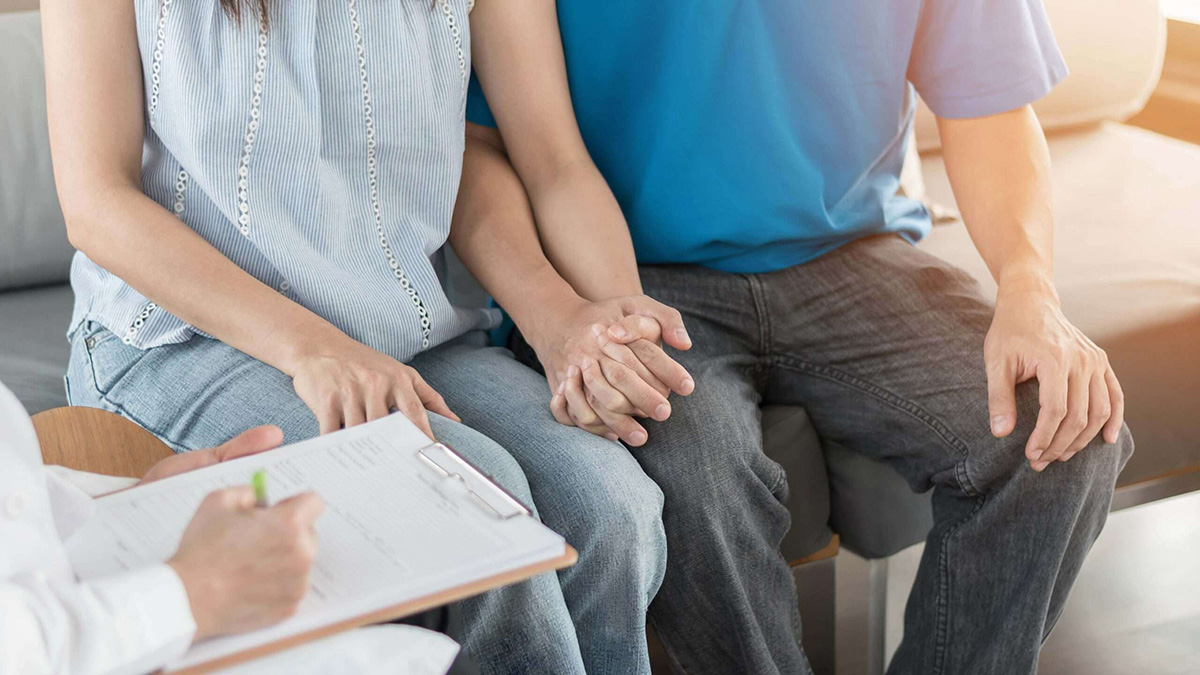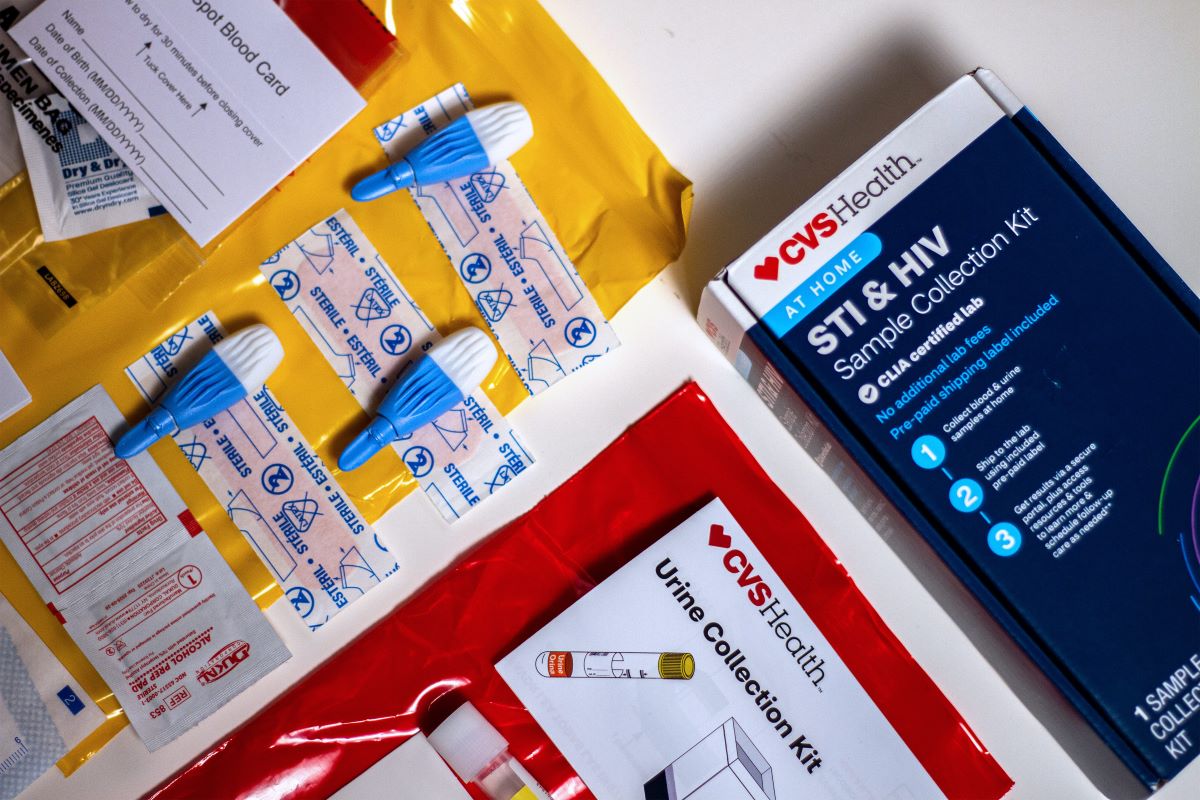Home>Finance>How Much Does STD Treatment Cost Without Insurance


Finance
How Much Does STD Treatment Cost Without Insurance
Published: November 21, 2023
Discover how much STD treatment typically costs without insurance and explore financing options to help cover the expenses.
(Many of the links in this article redirect to a specific reviewed product. Your purchase of these products through affiliate links helps to generate commission for LiveWell, at no extra cost. Learn more)
Table of Contents
Introduction
Sexually transmitted diseases (STDs) are a common health issue affecting millions of people worldwide. They are infections that are primarily transmitted through sexual contact, including vaginal, oral, or anal sex. STDs can have serious health consequences if left untreated, including infertility, organ damage, and an increased risk of acquiring HIV. It is essential to prioritize STD treatment to protect your health and prevent the spread of these infections to others.
However, one of the challenges individuals may face when seeking STD treatment is the cost, especially if they do not have health insurance coverage. Without insurance, the cost of STD treatment can be a significant burden for people, potentially deterring them from seeking the necessary care.
In this article, we will explore the average cost of STD treatment without insurance and provide information on low-cost and free treatment options. Additionally, we will discuss additional financial assistance programs that may be available to help alleviate the financial burden of STD treatment.
It is important to note that while this article aims to provide general information, the cost of STD treatment can vary depending on various factors, including the specific STD, the treatment required, and the healthcare provider. Therefore, it is advisable to consult with a healthcare professional or clinic to get accurate and personalized cost estimates for your specific situation.
What is STD?
Sexually transmitted diseases (STDs), also known as sexually transmitted infections (STIs), are diseases that are primarily transmitted through sexual contact. They can be caused by bacteria, viruses, or parasites and can affect both men and women of all ages. STDs are highly contagious and can be transmitted through vaginal, oral, or anal sex, as well as through sharing of contaminated needles or other drug paraphernalia.
There are various types of STDs, including chlamydia, gonorrhea, syphilis, herpes, human papillomavirus (HPV), HIV/AIDS, and hepatitis. Each STD has its own symptoms, methods of transmission, and potential health complications.
Common symptoms of STDs may include genital sores or ulcers, painful urination, abnormal discharge, itching or irritation in the genital area, and flu-like symptoms such as fever and body aches. However, it’s important to note that many STDs can be asymptomatic, meaning that individuals may not experience any noticeable symptoms.
STDs can have serious health consequences if left untreated. In addition to the immediate discomfort they can cause, untreated STDs can lead to long-term complications such as pelvic inflammatory disease, infertility, chronic pain, certain types of cancer, and an increased risk of acquiring or transmitting HIV.
Prevention is key when it comes to STDs. Practicing safe sex by using barrier methods such as condoms, getting vaccinated against certain STDs (such as HPV), being in a mutually monogamous relationship, and getting regular STD screenings are important steps in preventing the transmission and spread of these infections.
Importance of STD Treatment
The importance of receiving timely and appropriate treatment for sexually transmitted diseases (STDs) cannot be overstated. STDs not only cause discomfort and pain but can also have serious health consequences if left untreated. Here are several reasons why seeking prompt treatment for STDs is crucial:
- Health Protection: Treating STDs is essential to protect your own health and well-being. Many STDs, if left untreated, can lead to various complications. For instance, untreated chlamydia and gonorrhea can result in pelvic inflammatory disease (PID) in women, potentially leading to infertility or ectopic pregnancies. Similarly, untreated syphilis can progress to neurosyphilis, cardiovascular problems, or organ damage. By treating STDs early, you can prevent these complications and preserve your health.
- Prevention of Transmission: Prompt treatment of STDs is vital in preventing the spread of these infections to others. Many STDs can be transmitted even when there are no visible symptoms, making it possible for individuals to unknowingly pass on the infection to their sexual partners. By receiving timely treatment, the risk of transmitting the infection to others is significantly reduced.
- Partner Protection: Getting treated for STDs is not only about protecting yourself but also about caring for your sexual partners. By seeking treatment, you help ensure that your partners are not infected or at risk of developing complications. Open and honest communication about your sexual health and being proactive in getting tested and treated can build trust and foster responsible sexual behavior.
- Reduction of Morbidity and Mortality: Some STDs, if left untreated, can have severe consequences and even lead to life-threatening conditions. For instance, HIV, if not managed with appropriate treatment, can progress to AIDS and significantly weaken the immune system, making individuals susceptible to other infections and diseases. Early diagnosis and treatment of HIV and other STDs can greatly reduce morbidity and mortality rates.
It is essential to remember that seeking treatment for STDs is not just about addressing the physical symptoms but also about taking care of your overall well-being and the well-being of others. If you suspect you have been exposed to an STD or are experiencing symptoms, it is crucial to seek medical attention promptly. Remember, early detection and treatment can make a significant difference in improving outcomes and preventing further complications.
Factors Affecting STD Treatment Cost
The cost of sexually transmitted disease (STD) treatment can vary depending on several factors. Understanding these factors can help individuals better navigate the financial aspects of receiving STD treatment. Here are some key factors that can affect the cost:
- Type of STD: The specific STD you have can significantly impact the cost of treatment. Different STDs require different types of medical intervention, such as medications, injections, or surgical procedures. Some STDs may also necessitate ongoing treatment or management, which can further increase the cost.
- Treatment Setting: The setting in which you receive STD treatment can influence the cost. Typically, receiving treatment at a private medical clinic or hospital may be more expensive compared to a community health center or a public STD clinic. It is always advisable to inquire about different treatment options and their associated costs to find the most affordable option.
- Diagnostic Tests: Diagnostic tests are often necessary to identify the specific STD and determine the appropriate treatment method. The cost of these tests can vary depending on the type of tests required, whether you choose to get them done at a medical facility or through a home-testing kit, and whether you have insurance coverage that can help reduce the cost.
- Medications: The cost of medications prescribed for STD treatment can vary depending on the specific medication, dosage, and duration of treatment. Some medications may be available as generics, which tend to be more affordable, while others may require brand-name medications that can be more expensive. In some cases, individuals may be prescribed a combination of medications, further increasing the total cost.
- Geographic Location: The cost of STD treatment can also vary depending on your geographic location. Healthcare costs, including medications and medical services, can differ in different regions or countries. Urban areas may also offer more options for low-cost or free STD clinics compared to rural areas.
- Insurance Coverage: If you have health insurance coverage, the cost of STD treatment may be significantly lower. Insurance plans vary in terms of coverage, so it is important to review your policy to determine the extent of coverage for STD testing and treatment. Insurance plans may require co-pays or deductibles, which can still result in some out-of-pocket expenses.
It is crucial to keep in mind that the overall cost of STD treatment varies depending on these factors, and it is important to consider your specific situation and financial circumstances. Exploring different treatment options and discussing cost concerns with healthcare providers can help you find the most affordable and suitable treatment option for your needs.
Average Cost of STD Treatment Without Insurance
When it comes to STD treatment, the cost without insurance coverage can vary depending on several factors, including the type of STD, the location, and the chosen treatment setting. While it is challenging to provide an exact cost, we can provide a general idea of the average expenses individuals may encounter when seeking STD treatment without insurance.
Medical consultation fees are often the first cost individuals incur when seeking STD treatment. The cost of a consultation can vary based on the healthcare provider and the region but typically ranges between $100 and $300. This fee usually includes the initial examination and discussion of symptoms, as well as recommendations for testing and treatment options.
The next major expense is the cost of diagnostic tests. The specific tests required will depend on the suspected STD or symptoms presented. Common STD tests, such as those for chlamydia, gonorrhea, syphilis, and HIV, usually involve laboratory analysis of samples collected through urine, blood, or swabs. On average, these tests can range from $50 to $200 per individual test.
Once the STD is diagnosed, the cost of treatment varies depending on the prescribed medications and the treatment duration. The medication cost can vary widely, with generic options often being more affordable. On average, the cost of medication for STD treatment can range from $100 to $500 or more, depending on the specific medications and treatment course.
It’s important to note that these costs do not include any additional expenses that may be incurred, such as follow-up consultations, additional testing, or treatment for complications that may arise due to untreated STDs.
While these cost estimates can give you a general idea, it is essential to remember that actual expenses for STD treatment without insurance can significantly vary. The availability of low-cost clinics, community health centers, and government-funded programs can help reduce the financial burden for individuals without insurance coverage.
If you do not have insurance, it is advisable to inquire about low-cost or sliding-scale fee clinics in your area. These clinics often provide affordable STD testing and treatment based on income level. Additionally, some nonprofit organizations and community-based programs may offer free or reduced-cost STD services. Researching and reaching out to local health resources can help individuals access the care they need at a more affordable cost.
Low-Cost STD Treatment Options
For individuals seeking sexually transmitted disease (STD) treatment without health insurance coverage, there are several low-cost options available that can help alleviate the financial burden. These options include:
- Community Health Centers: Community health centers are non-profit organizations that provide comprehensive medical services, including STD testing and treatment, on a sliding fee scale based on income. These centers aim to serve individuals regardless of their ability to pay and offer services at a significantly reduced cost compared to private clinics or hospitals.
- Public STD Clinics: Public STD clinics, often run by local health departments, offer affordable or free STD testing and treatment services. These clinics are dedicated to providing accessible and confidential care for individuals without insurance. In addition to offering low-cost services, public STD clinics may also provide counseling and education on prevention and further transmission of STDs.
- University or College Health Centers: Many educational institutions have their own health centers that provide STD testing and treatment services to students and sometimes even to the surrounding community. These university or college health centers may offer reduced-cost or subsidized services and may have experienced healthcare providers specializing in sexual health.
- Nonprofit Organizations: Certain nonprofit organizations focus on providing affordable healthcare services, including STD testing and treatment, to underserved populations. These organizations may have partnerships with healthcare providers or clinics to offer services at reduced costs. Researching local nonprofit organizations specializing in sexual health can help individuals find low-cost or free STD treatment options.
- Telemedicine Services: In recent years, telemedicine has emerged as a convenient and cost-effective option for accessing healthcare. Some telemedicine platforms offer virtual consultations with healthcare providers who can diagnose and prescribe treatment for common STDs. These services may have lower consultation fees compared to in-person visits, making them a viable low-cost option for individuals without insurance.
It is important to note that the availability of low-cost STD treatment options may vary depending on your location and resources. Researching local resources, reaching out to community health centers, and contacting local health departments can provide valuable information on low-cost options available in your area.
Remember, while low-cost options may help reduce the financial burden, it is essential to prioritize your health and seek appropriate treatment from qualified healthcare professionals to ensure effective and comprehensive care for your STD.
Free STD Treatment Options
For individuals without health insurance coverage and limited financial resources, there are free options available for sexually transmitted disease (STD) testing and treatment. These options ensure that individuals can access necessary care without the worry of financial burden. Some of the free STD treatment options include:
- Public Health Clinics: Public health clinics run by local health departments often provide free or low-cost STD testing and treatment services. These clinics prioritize the health of the community and offer confidential and accessible care to individuals without insurance.
- Planned Parenthood: Planned Parenthood is a nonprofit organization that offers comprehensive sexual and reproductive healthcare services, including free or low-cost STD testing and treatment. They have clinics throughout the country and work on a sliding fee scale to ensure that individuals can receive care regardless of their ability to pay.
- Community-Based Organizations: Some community-based organizations and nonprofits specializing in sexual health offer free STD testing and treatment services. These organizations often collaborate with healthcare providers or clinics to provide accessible and no-cost services to underserved populations.
- Government-Funded Programs: The government funds various programs that aim to provide free or low-cost healthcare services, including STD testing and treatment, to individuals without insurance coverage. These programs may be available at public health clinics, community health centers, or specific STD clinics.
- Research Studies and Clinical Trials: Participating in research studies or clinical trials can provide individuals with the opportunity to receive free STD testing and treatment. These studies often provide cutting-edge treatment options under the supervision of healthcare professionals.
When accessing free STD treatment options, it is important to consider that appointment availability and services may vary depending on the location and resources. Scheduling an appointment in advance and inquiring about eligibility requirements can help ensure smooth access to free services.
It is crucial to remember that while these options provide free care, it is still essential to prioritize your health and seek treatment from qualified healthcare professionals who can provide accurate diagnoses and appropriate treatment plans for your specific situation.
If you are unsure about the availability of free services in your area, contacting local health departments, community organizations, or helplines can provide further information and guidance on where to access free STD testing and treatment.
Additional Financial Assistance for STD Treatment
In addition to low-cost and free STD treatment options, there are additional financial assistance programs and resources available to help individuals cover the cost of sexually transmitted disease (STD) treatment. These programs can help alleviate the financial burden and ensure that individuals receive the care they need. Some of the key sources of financial assistance for STD treatment include:
- Medicaid: Medicaid is a state and federal program that provides health coverage for individuals or families with low income. Eligibility criteria vary by state, but Medicaid often covers the cost of STD testing and treatment. Individuals can apply for Medicaid through their state’s Medicaid office or through the Health Insurance Marketplace.
- Family Planning Programs: Family planning programs, such as Title X, offer reproductive health services to low-income individuals and families. These programs often include comprehensive STD testing and treatment services at reduced or no cost. Individuals can locate nearby Title X clinics through the Office of Population Affairs website.
- Drug Assistance Programs: Pharmaceutical companies and nonprofit organizations offer drug assistance programs that provide free or discounted medications, including those used for STD treatment. These programs are designed to help individuals who cannot afford the cost of medications. Eligibility criteria and application processes vary by program, so it is important to research and reach out to specific programs for more information.
- Patient Assistance Programs: Some pharmaceutical manufacturers offer patient assistance programs (PAPs) that provide free or low-cost medications to individuals who meet specific eligibility criteria. These programs can help individuals access the necessary medications for STD treatment. Healthcare providers or pharmacists can provide information on available PAPs.
- Nonprofit and Charitable Organizations: There are nonprofit organizations and charitable foundations dedicated to assisting individuals with the cost of medical care, including STD treatment. These organizations may provide grants or financial assistance programs to help cover expenses. Researching local or national organizations related to sexual health can provide information on available resources.
When seeking financial assistance for STD treatment, it is important to research and understand the specific eligibility requirements and application processes for each program. Some programs may have income limitations or specific criteria related to STD diagnosis or treatment. Additionally, speaking with healthcare providers or reaching out to local health departments can provide further guidance on available resources.
Remember, financial assistance programs are designed to help individuals overcome financial barriers to receiving necessary healthcare. It is important to explore these options and discuss any concerns or financial challenges with healthcare providers to ensure that you can access the care you need.
Conclusion
Accessing affordable and timely treatment for sexually transmitted diseases (STDs) is crucial for protecting your health and the health of others. While the cost of STD treatment without insurance can be a concern, there are various options available to help individuals overcome this barrier.
Factors such as the type of STD, treatment setting, diagnostic tests, medications, geographic location, and insurance coverage can all influence the cost of STD treatment. Understanding these factors and exploring low-cost or free treatment options can help individuals find affordable care.
Community health centers, public STD clinics, university health centers, and nonprofit organizations are among the resources that offer low-cost and free STD testing and treatment services. These options aim to provide accessible care and prioritize individuals’ health regardless of their financial circumstances.
Additionally, financial assistance programs such as Medicaid, family planning programs, drug assistance programs, and patient assistance programs can further alleviate the burden of STD treatment costs. These programs are designed to help individuals in need access necessary medications and services without excessive financial strain.
If you require STD treatment and do not have insurance coverage, it is important to research and explore the available options in your area. Contacting local health departments, community organizations, and healthcare providers can provide valuable information and guidance on low-cost and free treatment options.
Remember, seeking treatment for STDs is essential to protect your health, prevent transmission to others, and avoid potential complications. By taking proactive steps, individuals can find affordable and accessible care, ensuring that they receive the necessary treatment and support for their sexual health.
